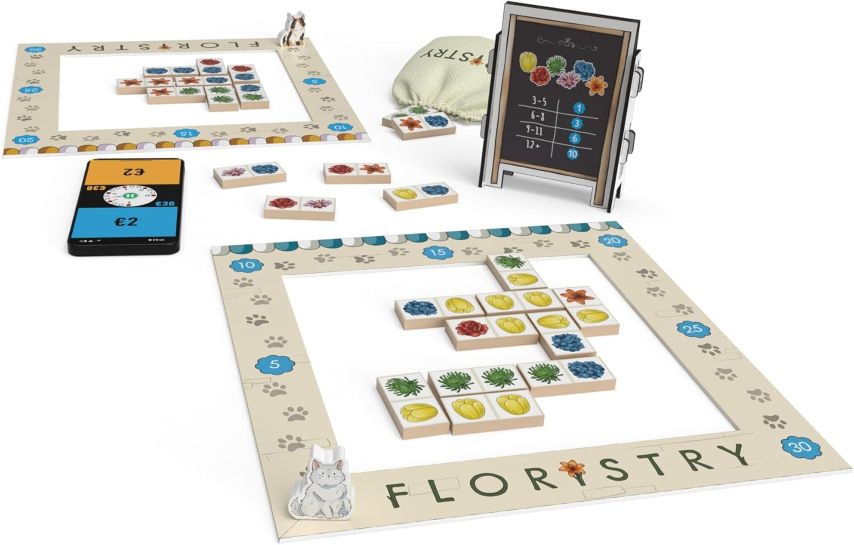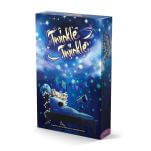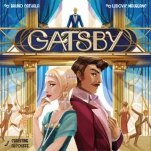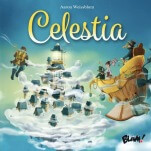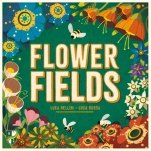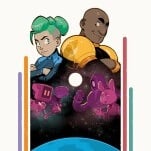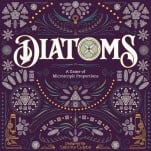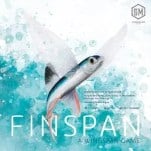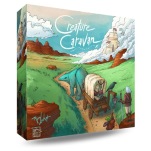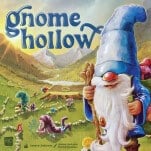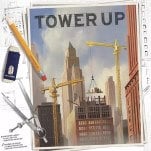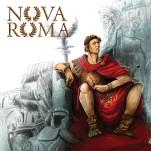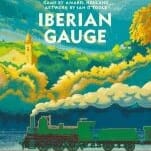Floristry Is an Innovative New Auction Game that Isn’t Complex Enough
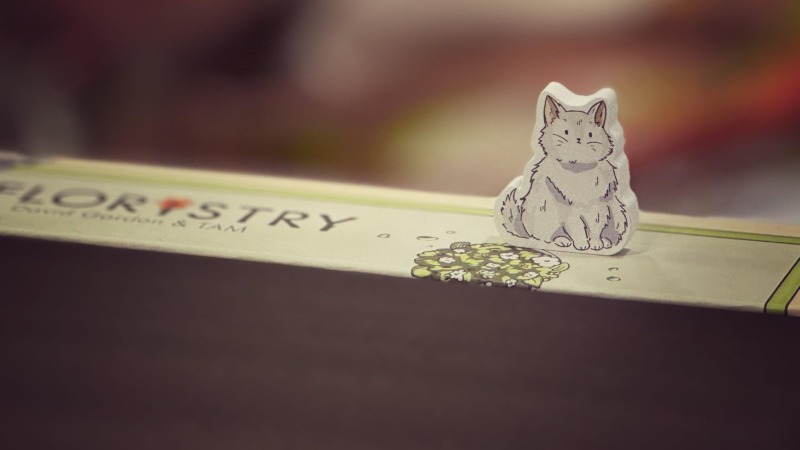
Floristry is a two-player auction game, which is a contradiction in terms when it comes to the board game world—doesn’t an auction require at least three people to function, or to at least be enjoyable in a competitive way? By using the mechanic of a Dutch auction, however, it does marry an auction mechanic to a two-player game in a way that works pretty well, although I wish the other parts of the game were a little more complex.
In Floristry, players compete to fill their frames with rectangular tiles that show two flowers on them, building contiguous groups of the same flower type to maximize their scoring. The game requires the use of a free browser-based app that tracks the auctions and how much money each player has remaining, as there’s also a bonus at the end of the game for each player’s cash on hand.
A Dutch auction starts at a high price and comes down until someone accepts the current figure, ending the auction and giving that bidder whatever the goods are at that final price. In Floristry, each round has a very simple auction for four tiles drawn randomly from the supply. The app starts each round at five coins, then drops the price every few seconds until one player taps their side of the screen to buy. They get their choice of three of the four tiles and they pay the amount they bid; the other player gets the fourth tile for free.
-

-

-

-

-

-

-

-

-

-

-

-

-

-

-

-

-

-

-

-

-

-

-

-

-

